There are two ways of implementing CRC generation with linear feedback shift registers (LFSR), as shown in this figure  . The coefficients of generator polynomial in this picture are 100111, and the red "+" circles are exclusive-or operators. The initialization register values are 00000 for both.
. The coefficients of generator polynomial in this picture are 100111, and the red "+" circles are exclusive-or operators. The initialization register values are 00000 for both.
For example, if the input data bit stream is 10010011, both A and B will give CRC checksum of 1010. The difference is A finishes with 8 shifts, while B with 8+5=13 shifts because of the 5 zeros appended to the input data. I can understand B very easily since it closely mimics the modulo-2 division. However, I can not understand mathematically how A can give the same result with 5 less shifts. I heard people were talking A took advantage of the pre-appending zeros, but I didn't get it. Can anyone explain it to me? Thanks!

